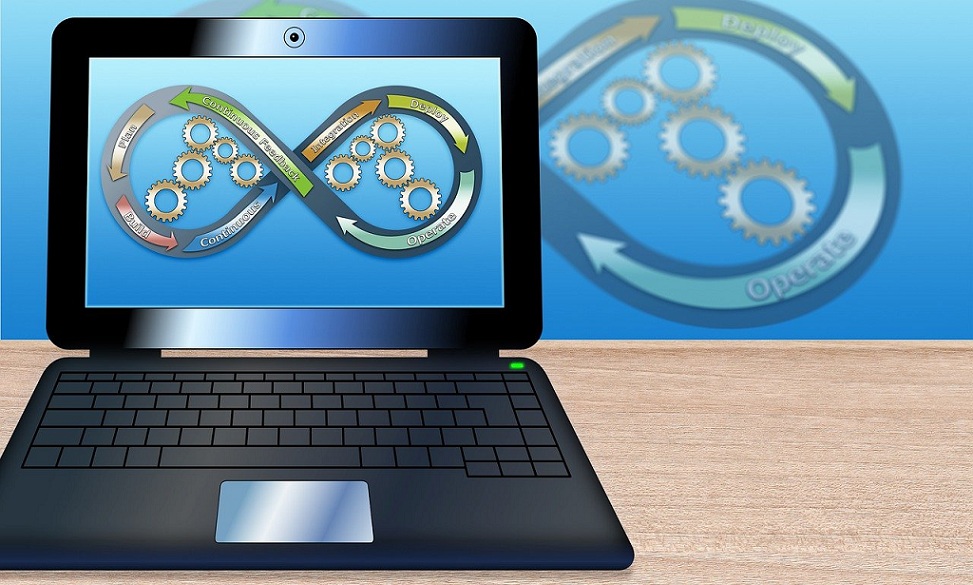
How to use the ‘Job-to-be-done’ Framework Properly for Product Development?
No matter how much you focus on the relevance of operational efficiency or strategy making it is crucial to provide a product that seems tempting to the audience. You should offer the audience a deal on your product that is incomparable to other comparative products available in the market.
What is the Job-to-be-done concept or theory?
It helps the developer to understand that the audience/customers don’t buy services or products. They hire a wide variety of solutions at different times to get their work to be done. AWS DevOps tools and services can help teams focus on the “job-to-be-done” by automating routine tasks and providing insights into customer needs. To use this technique, you may require a small survey design and sampling with the use of statistical evaluation. However, it is not compulsory that there is a demand for expert guidance here. If you want to use JTBD (Job-to-be-done) then you can use it after reading the whole article.
JTBD is a great way to change the perspective toward a particular product. We can identify various new ways to look at a product. It also aids in getting an idea and thinking from the buyer’s perspective.
Easy ways to implement your JTBD
Identify your customer’s needs
When you try to research customers then you should find out what the buyers are trying to accomplish under certain situations. In which you don’t have a definite solution which available resources and technologies.
When you observe that buyers are trying to place together all the available solutions themselves, this can give birth to innovation.
In nutshell, we can say buyers buy products when they want to get some job done. For example, according to research done people buy milkshakes because it’s convenient to drink in vehicles, burning hunger, and a few more.
Classify what all jobs must be done
A job comes with lots of requirements which can be in terms of emotional, social, and functional circumstances.
You can classify JTBD into two parts-
- Main Goals- It means what is the main job that the customer wants to achieve from the product.
- Related Goals- it means the goal or related jobs that they wish to fulfil with the product.
There JTBD can also be divided into two parts-
- Emotional aspect- It revolves around an emotional and perspective scenario
- Functional Goal- It revolves around the objective and practical requirement
For example, if you listen to music then you can achieve emotional gain by feeling gain. Functional gain can be by making a playlist and many more.
Find out about your competitions
Get yourself answers to this question, what job your product has to do? Why does the customer choose someone else’s product or service? Also, what other solutions do competitors provide?
You should make your product or service in a manner that it withstands other competitions. Your product should have all the functions or more than that to gain customers’ trust.
Make your job statement
You should mention Action + Object + Context
It means your action verb then what is the object of the action then what is the method of the context the job needs to be fulfilled.
Arrange your JTBD priorities
Buyers want to accomplish thousands of jobs from the market. That is why they come to the market to get it done, you should have customer research about the priority your job gets.
Ask the customer how crucial your job is? Also, how much they are satisfied with the current solutions available in the market.
List your JTBD-related wants or desires
You should see what all the requirements do the customer goes through while selecting a JTBD?
You should brainstorm in terms of price, potential time, flaws, qualities, availability, dependability, maintainability, and many more. You should write all satisfaction and dissatisfaction aspects of the JTBD.
There are 4 types of product expectations-
- Wished outcomes that buyers want to have.
- Unwished outcomes buyers want to have.
- Wished outcomes that buyers want to gain from the product/Service.
- Unwished outcomes that buyers want to gain from the product/Service.
You should make your outcome statement
In this, you have improved along with measures and objects of control. You should make sure that the job-to-be-done and the wished outcome statements need to be consistent and in simple language. Executive search agencies can leverage the ‘job-to-be-done’ framework to identify and attract high-potential candidates by understanding their needs, motivations, and desired outcomes. It must be easily understood by everyone so that it can readily have technical requirements.
When you gather information related to your JTBD then you have opinions of other customers’ desired outcomes. When you make a list of all the desired outcomes then assemble the outcomes according to the priorities of the buyers.
It is a slow process but an efficient one
You should remember that JTBD has to be efficient. You should keep in mind that several products/services will come and go from the market, however, your product should give solutions to each desire. You should follow the heart JTBD theory. Importing and exporting businesses need to understand the “job-to-be-done” for their customers, whether it’s sourcing specific goods, fulfilling orders efficiently, or navigating complex regulations.
Buyers’ JTBD must be neutral and stable with time, however, your products and services should have amendments at strategic levels.
Author’s Bio:
Kriti Saraiya is a blogger and journalism student and writes on technology and health related topics. She has good experience across technology, consulting and marketing. She has written for Thrv – jobs to be done.